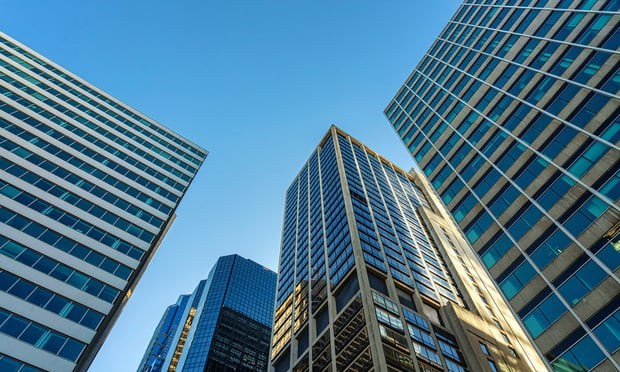That's the synopsis of a new report by Grubb & Ellis Co. But Jacksonville's full recovery, both Downtown and the suburbs, is at least six months away, the study says. Jacksonville is 230 miles north of Downtown Orlando.
The city with the largest land area in Florida (759 square miles) and home of the largest publicly traded commercial real estate conglomerate in the state (St. Joe Co.) has shaved its overall vacancy level to 14.3% from a 2001 high of 17%. At yearend 2001, the CBD showed 10.4% vacancies out of 6.7 million sf of rentable space; the suburbs, 16.8% out of a total inventory of 11.1 million sf.
"Lease rates are expected to continue their decline through mid-2002 before a national recovery has any impact on Jacksonville," Jeffrey S. Sweeney, executive vice president/managing director for G&E's central and north Florida divisions, tells GlobeSt.com.
Effective rents fell below $17.50 per sf in December as tenants scrambled to take advantage of a softening market in the central business district and the suburbs. Class A rents in the CBD currently average $20.75 per sf and $17.95 per sf in the suburbs. Class B product is averaging $17.50 per sf in the CBD and $16.90 per sf in the suburbs.
Downtown experienced a negative absorption of 145,000 sf at yearend 2001. The suburbs showed only 187,000 sf of previously vacant space leased. That's a sharp comedown from 1999 when 1.2 million sf was leased and even from 2000 when 800,000 sf was absorbed.
Subleased space has grown to at least 250,000 sf, the Grubb & Ellis report states. Free rent concessions are the name of the game in several submarkets.
The investment community has noted Jacksonville's softness and is offering prices for properties at 25% to 35% below replacement cost. Butler Point and the Bank of New York building, on the market in 2001, are still there as owners await better offers when the economy begins turning around.
"The short-term beneficiaries of this market situation will continue to be the users of space and opportunistic investors," Sweeney says. There is no new office construction Downtown and only 210,000 sf in the suburbs.
Sweeney is confident the Southbank area of Downtown, historically one of Jacksonville's tightest markets, will be the most appealing to rent-conscious tenants as a new hammer prepares to fall on the market.
"Downsizing efforts by national companies such as Aetna Healthcare and Prudential Insurance are expected to put over 400,000 sf of available space into this submarket and increase vacancies (in Southbank) from 6.2% to over 15%," Sweeney tells GlobeSt.com.
But the G&E executive still holds out hope for building owners by yearend 2002. "With virtually no office development having taken place in the second half of 2001, the supply of quality class A suburban space should begin to tighten and encourage new construction in the second half of 2002," he says.
© Touchpoint Markets, All Rights Reserved. Request academic re-use from www.copyright.com. All other uses, submit a request to [email protected]. For more inforrmation visit Asset & Logo Licensing.






